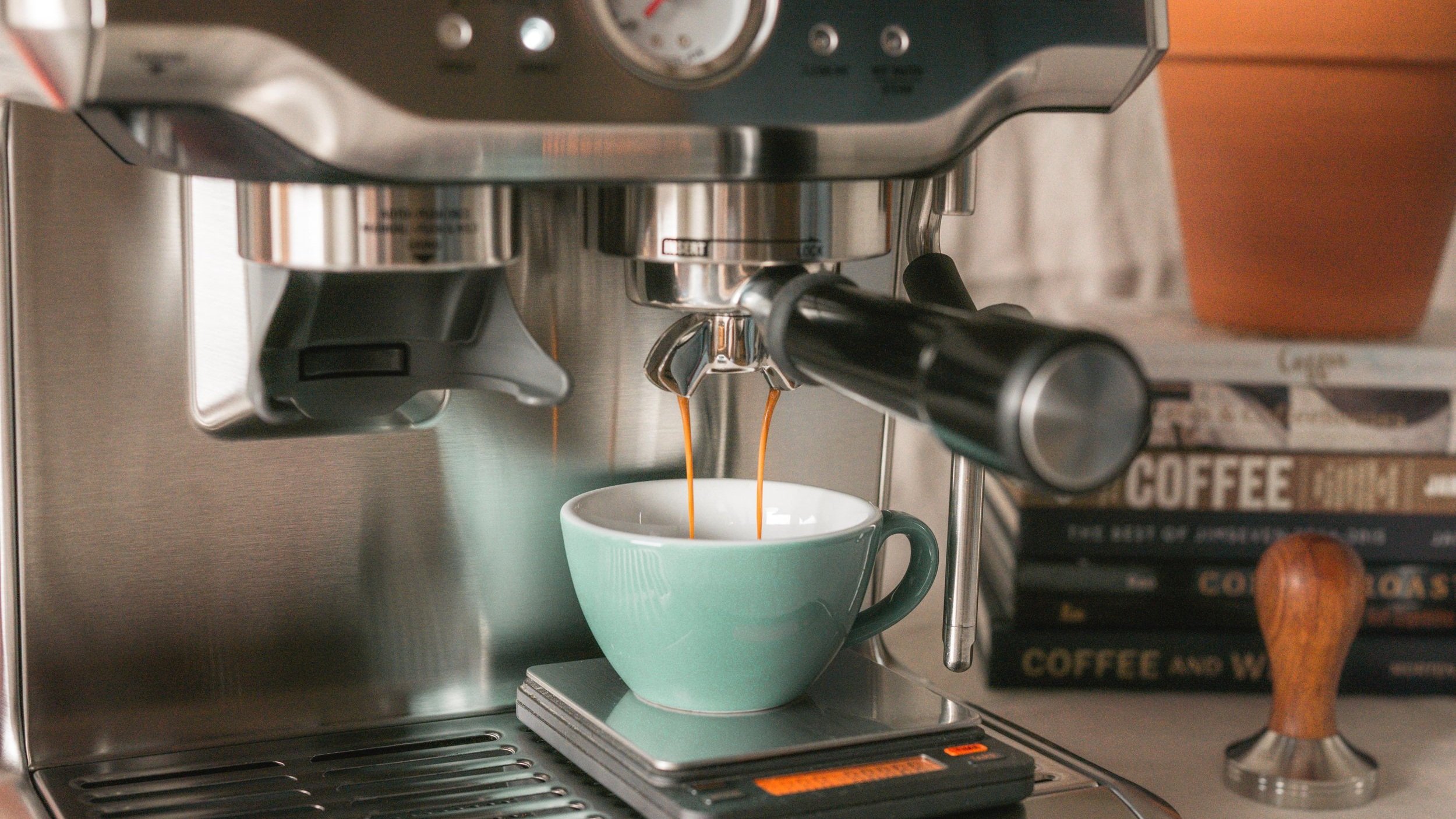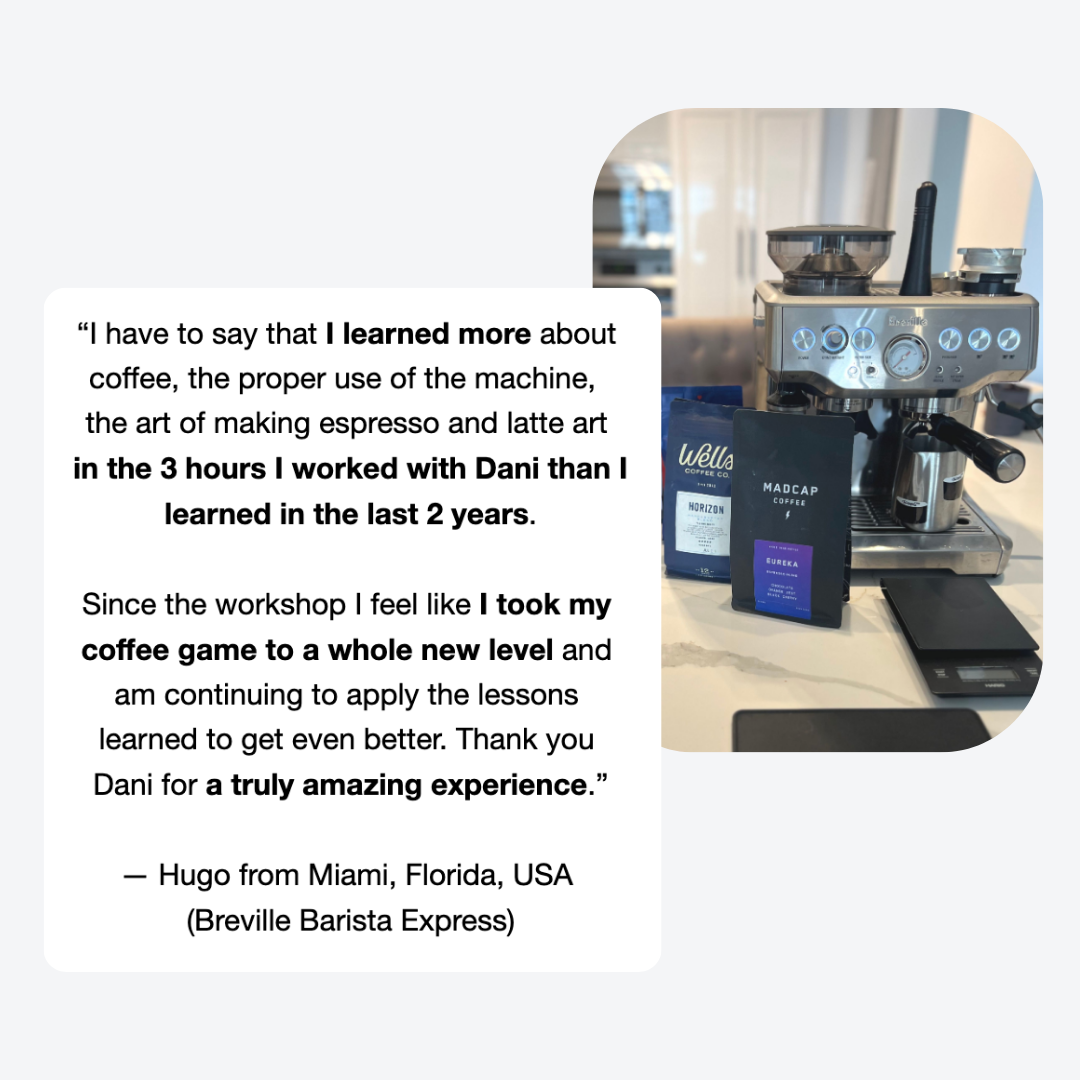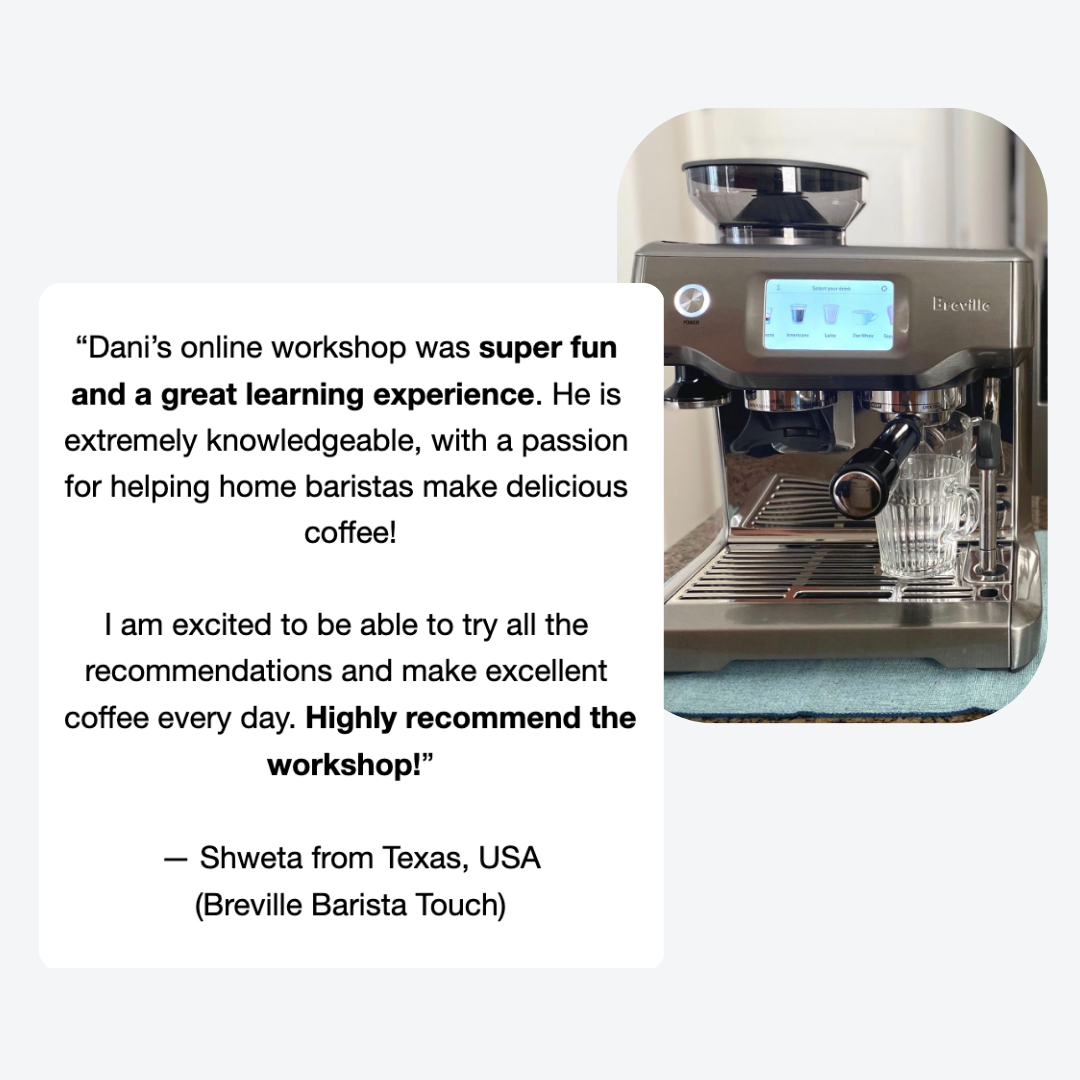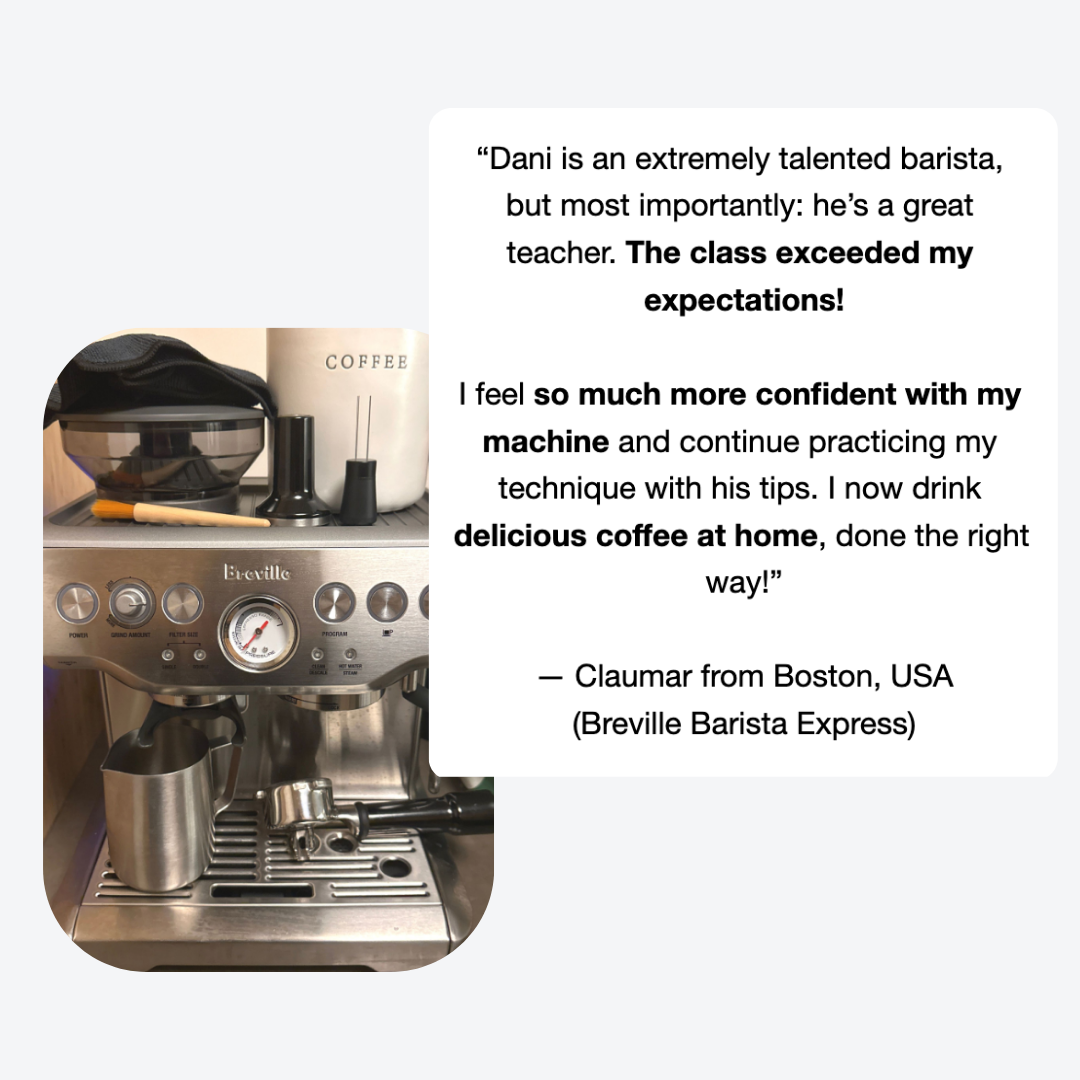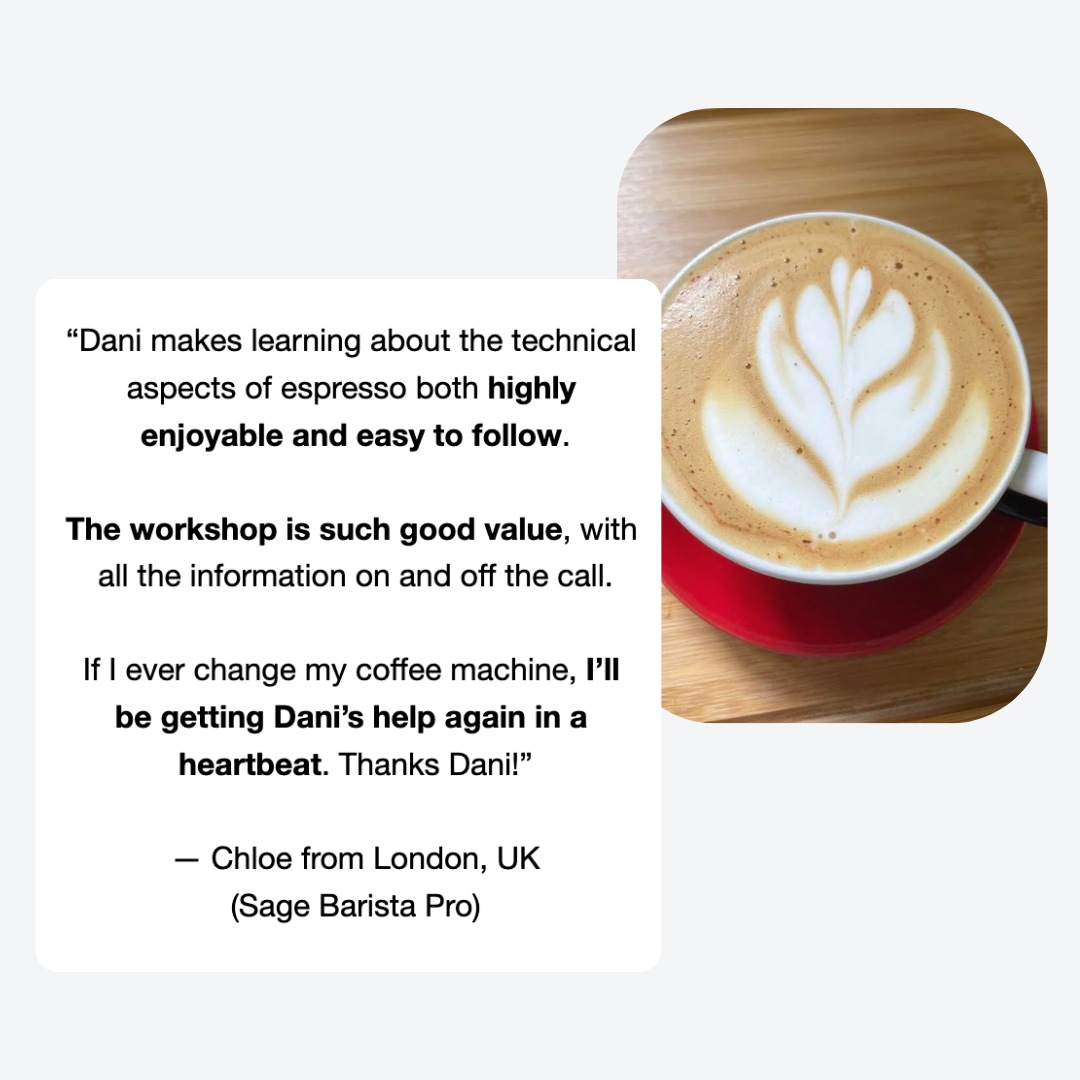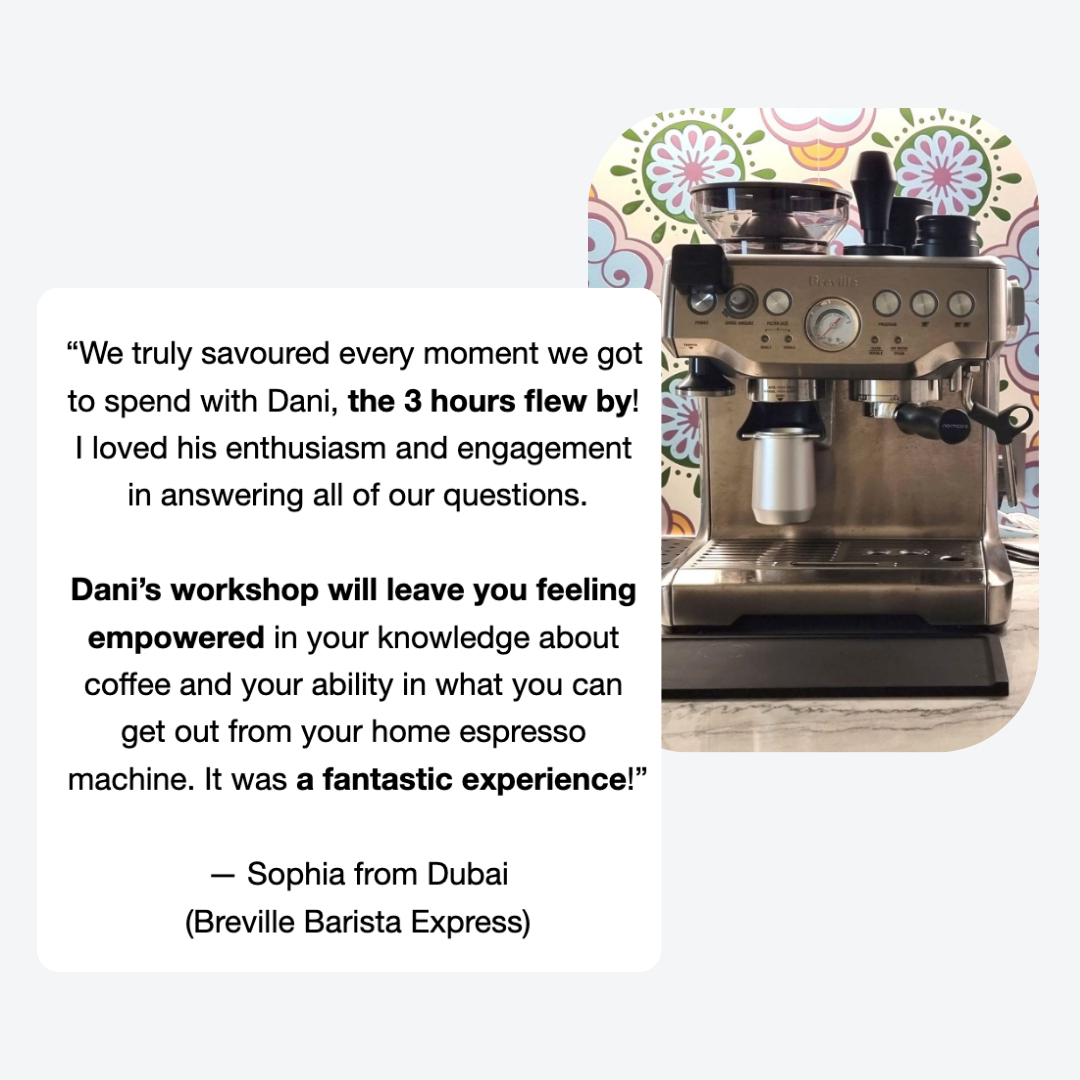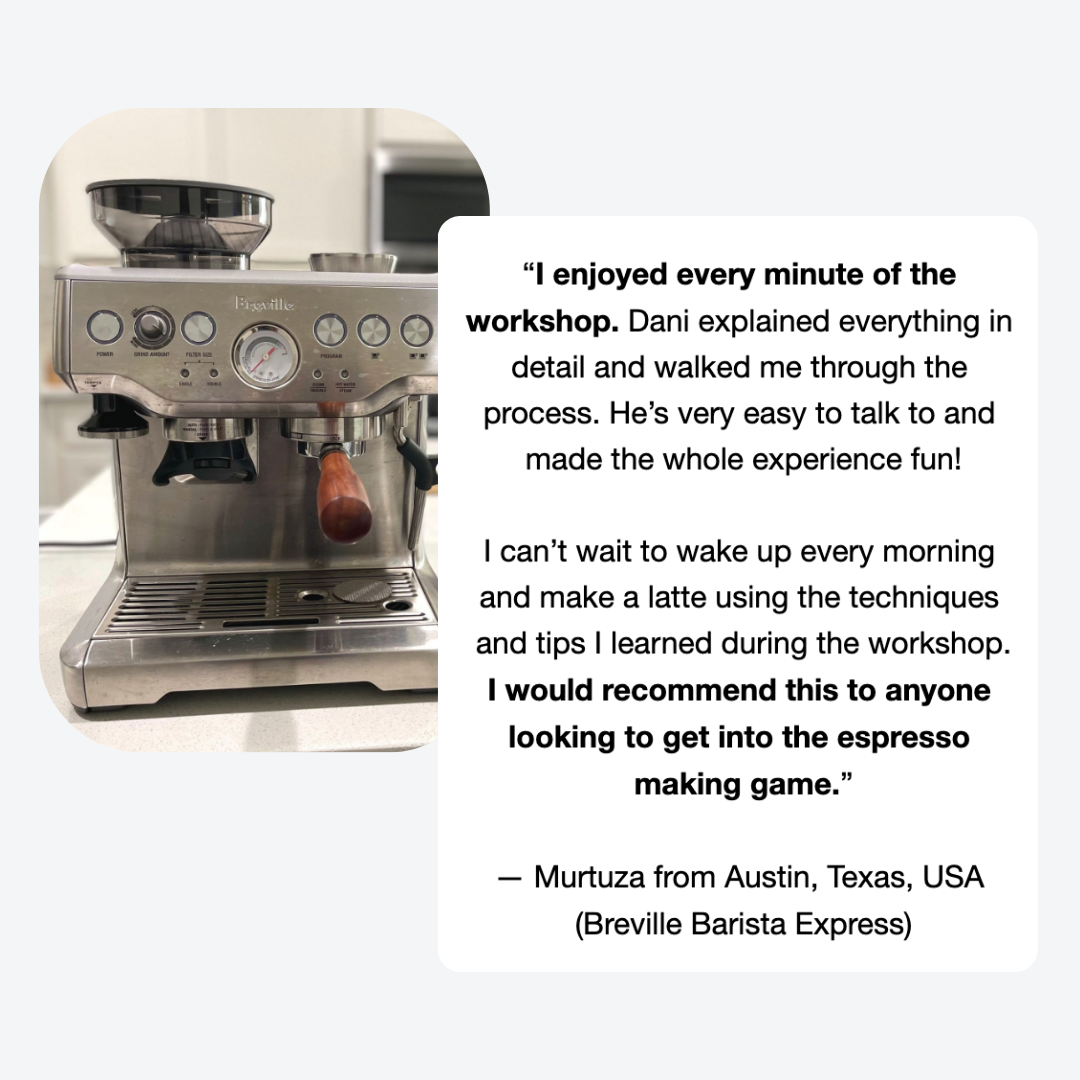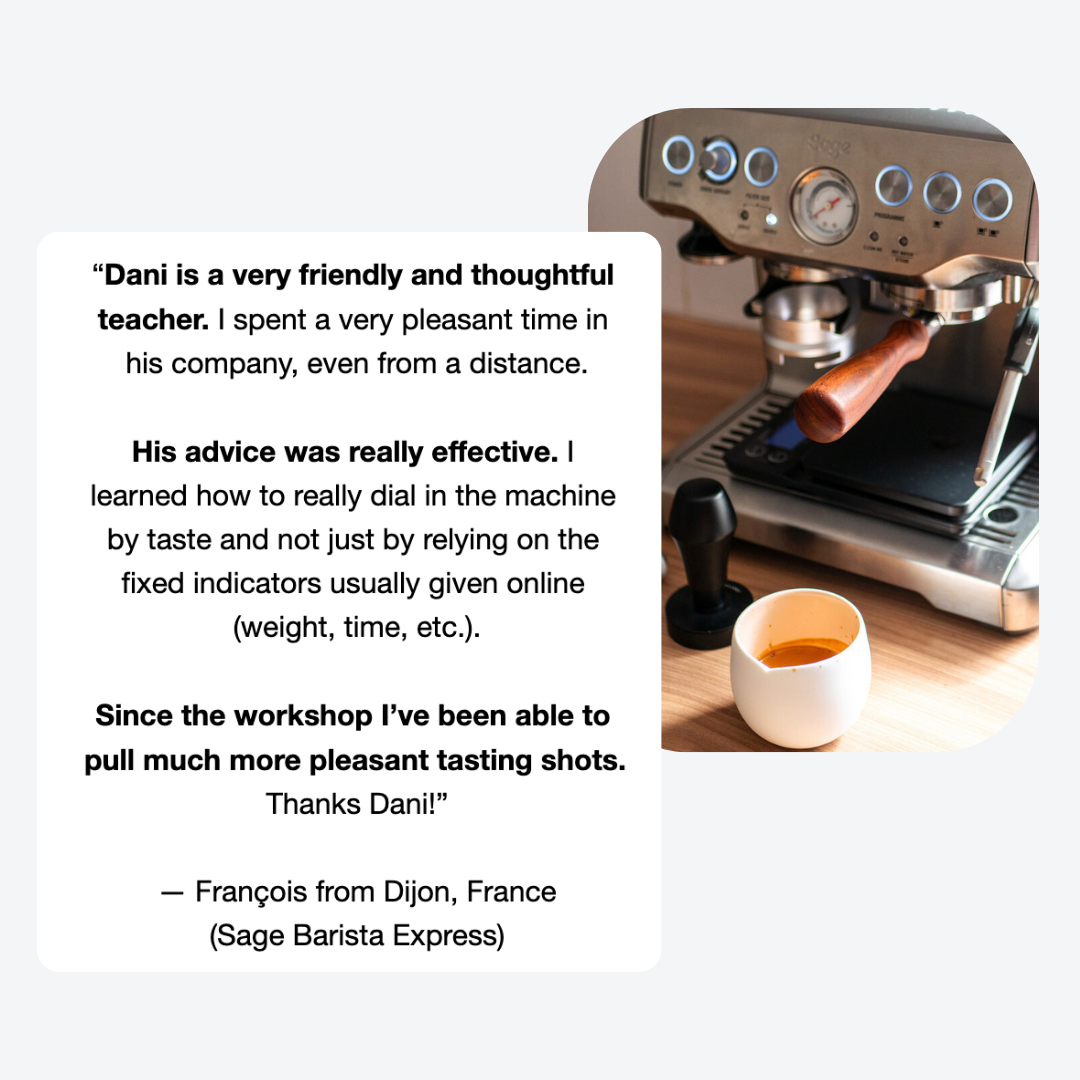Breville or Sage Barista Express vs De'Longhi La Specialista Arte
Which of these home espresso machines should you buy?
Are you keen on starting to make espresso at home and currently searching for an affordable entry-level home espresso machine? You probably came across both Breville (or Sage) and De'Longhi, established manufacturers in this space. Equally, you may have already looked at both the Breville / Sage Barista Express, as well as the De'Longhi La Specialita Arte models.
Depending on where you’re located, the price gap between these two home espresso machines is of about 100 EUR, with the De'Longhi La Specialita Arte being the more affordable one. Since the price difference between the two models is not that big, before you make your decision, I believe it’s very important to make a comprehensive comparison and see which model delivers the better value versus the price you pay, especially on the long run. I hope my thoughts below can help you in the buying decision process. We’re looking at:
Build quality and water tank
Steam wand
Workflow
Grinder
Portafilter size and making espresso
1. Build quality and water tank
De'Longhi La Specialita Arte
You pay less, but you also get a lower quality build, since the housing is made out of plastic.
In terms of water tank, this model is equipped with a sensor. This means you get notified whenever the water is running low, making it unlikely to run out of water in the middle of an espresso shot.
Breville / Sage Barista Express
This one comes with a more sturdy housing, made out of metal.
No water tank sensor here. Since I use my Barista Express extensively, often making quite a few shots of espresso in a row, there were definitely times when I forgot to check and top up the water tank as needed. While a sensor is not a deal-breaker, it does improve the user experience.
2. Steam wand
Both machines come with a one-holed nozzle, meaning the tip of the steam wand features only one hole.
De'Longhi La Specialita Arte
This machine has a slight advantage here, since it features a non-burn steam wand. This helps with the cleaning (after steaming, the residual milk doesn’t dry as easily) and increased safety.
Breville / Sage Barista Express
After you finish steaming milk on the Barista Express, it’s strongly recommended to wipe it right away, using a damp cloth. Otherwise, the milk will dry on the steam wand and it may become challenging to remove afterwards.
Also, you need to make sure you’re using the rubber handle when operating the steam wand. Since the wand gets very hot during use, you have to be careful not to burn yourself.
3. Workflow
De'Longhi La Specialita Arte
This machine is not equipped with a solenoid valve, which is a standard feature on most pump-driven espresso machines. This means that you have to wait for about 1 minute for the pressure to equalise, before it’s safe to remove the portafilter, clean the inside and make another shot. While this isn’t a showstopper, it slows you down anytime you want to make coffee for more people, like friends or family visiting.
Breville / Sage Barista Express
The Barista Express uses a solenoid valve, which relieves the portafilter of pressure and moisture right away after an espresso extraction. This helps produce a dry puck and allows you to easily knock out the coffee from the portafilter afterwards, and so you can make back-to-back espresso shots.
4. Grinder
Both models have a built-in grinder, but there are a couple of differences that make the Breville / Sage Barista Express a better choice.
De'Longhi La Specialita Arte
Let’s say you need to clean or clear the grinder of any coffee beans jammed in there, which will most certainly be the case at some point down the road. With this model, reaching the inside of the grinder requires taking the whole machine apart or sending it out for servicing, which I find to be a major inconvenience.
When it comes to grind size, I find this model very limiting, with only 8 settings (adjustable by twisting the collar at the base of the hopper). And, if you happen to be working with a lighter roast, you may run into challenges during the dial in process or even may not be able to grind fine enough for espresso.
Breville / Sage Barista Express
First of all, you can easily remove the hopper and clean the grinder or clear any jammed coffee beans.
Second of all, when it comes to grind size settings and easiness of dialing in the espresso: the Barista Express has 15 settings (adjustable using the side wheel/dial). Moreover, the inner collar of the inside burr is adjustable too. All in all, as you go through the process of figuring out the best grind size, you have much more flexibility and you’re able to work with many more settings, especially in case the roast level requires you to grind finer.
5. Portafilter size and making espresso
De'Longhi La Specialita Arte
When it comes to the maximum amount of ground coffee you can fit in the basket, this model has a portafilter size of 51mm, slightly smaller than in the case of the Barista Express. I don’t see this as a negative, just something to keep in mind, since the espresso brewed will be smaller (either if you split it in two singles or have it as a double).
Going further, the brew group of the De'Longhi La Specialita Arte is not heated. What this means: unless you run a few cycles of hot water through the portafilter prior to making espresso, the portafilter will pretty much maintain a room temperature, which will end up affecting the quality of your espresso shot. While this can be mitigated by pre-warming the portafilter, I dare to say, this is another major downfall of the De'Longhi La Specialita Arte in comparison to the Breville / Sage Barista Express.
Breville / Sage Barista Express
The Barista Express has a portafilter size of 54mm.
Moreover, this home espresso machine has a heated brew group. What this means: after you turn on the machine and wait for 5 - 10 minutes, this will also heat the portafilter. This feature helps maintain a consistent temperature of the water from the thermoblock down to the brew group, through the portafilter and coffee bed. This will have a positive impact on the consistency and quality of the espresso extractions.
Breville or Sage Barista Express vs De'Longhi La Specialista Arte, which one should you buy?
Although the De'Longhi La Specialita Arte does come at a lower price point, considering all of the above, my recommendation would be to save up, increase your budget slightly and get the Barista Express. For the price you pay, you’re getting:
a better quality build
a better grinder (more settings, easier to dial in espresso, as well as to clean)
a heated brew group (allows a more stable temperature during espresso extractions, which means more consistency, as well as better tasting espresso at home).
I hope you find these tips helpful and, if you’d like to dive deeper, you may consider our espresso and latte art home barista workshops. Happy brewing!

